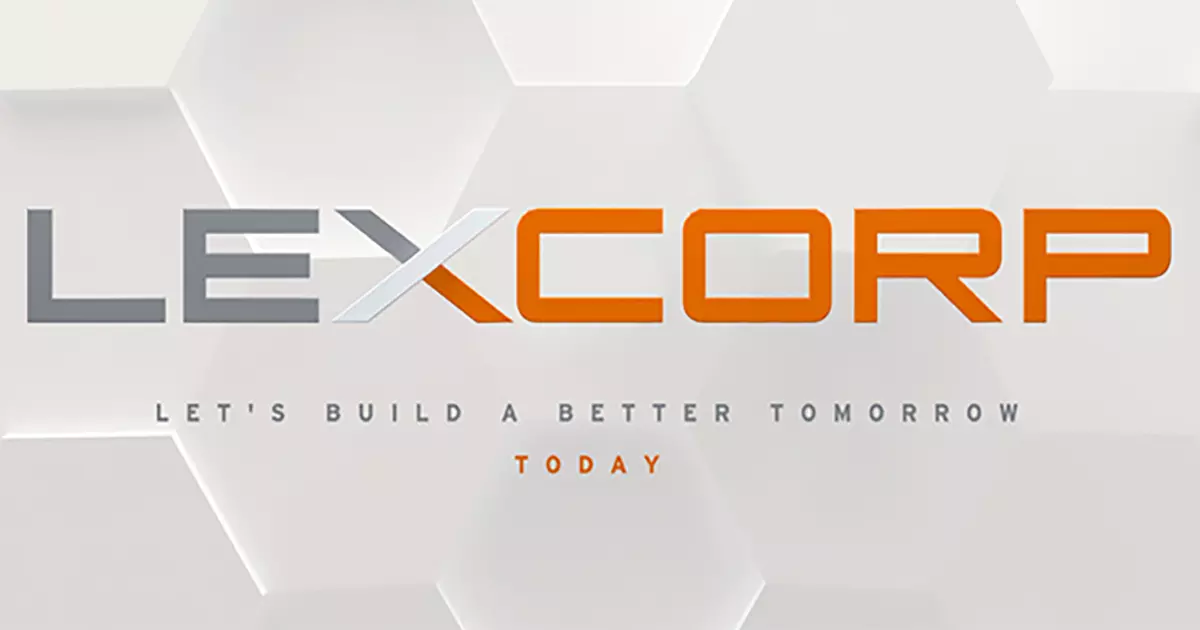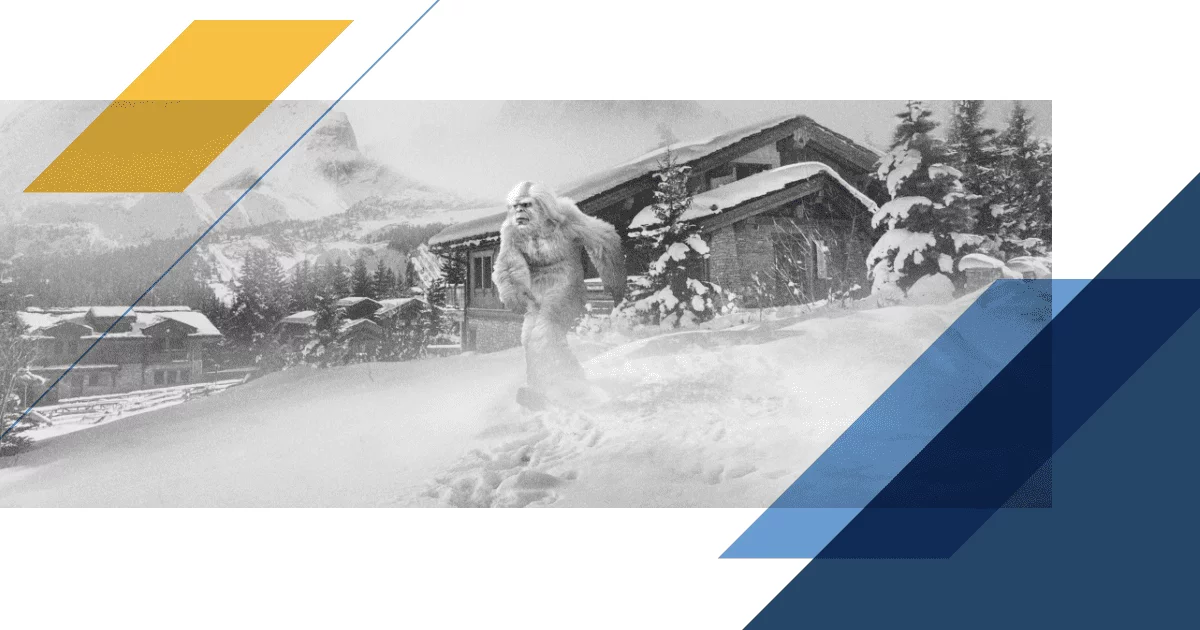These fake B2B brands have a real lesson for B2B marketers

They help filmmakers tell their stories, but they can also help us see our brands from the outside-in.
Masrani Global Corporation “is one of the world's most successful corporations, with portfolios in both the commercial and industrial sectors and services spanning telecommunications, oil production, biological engineering, and construction.” Masrani is also fake, which you might already know if you’ve ever seen Jurassic World. But even fake B2B companies can have snazzy corporate identities:

Masrani’s fake B2B subsidiary InGen has a slick corporate video, too:
These brand assets are all part of Jurassic World’s 2015 viral marketing campaign. Entertainment marketers often refer to these tactics as “transmedia storytelling,” where the fictional world comes to life across a variety of media platforms. It’s a fascinating study in how the tools of storytelling continue to evolve. But for B2B marketers, it’s also a fascinating study in how our brands can look from the outside-in.
There’s no shortage of examples:
LexCorp, "the world's premiere digital industrial company," was created for last year's Batman v. Superman.
Weyland Industries applies “science, technology and our unparalleled global network of resources to the pursuit of Building Better Worlds.” They’re also the fictional corporation that chartered a deadly space expedition in Alien and, more recently, Prometheus.

Trask Industries is a genetics-based technology manufacturer from X-Men: Days of Future Past.
What’s a real B2B marketer to do?
For one thing, it doesn’t take a multimillion-dollar film franchise to create a fake B2B brand. Sadly, fake brands come from real B2B marketers all the time. If your story doesn’t line up with the buyer’s lived experience, then you might as well be Trask Industries or LexCorp or Masrani Global Corporation.
Here are three ways to make sure it never happens to you:
1. Build your messaging around customer needs.
If you can speak directly to your customer’s pain, your brand will never ring hollow. So before you organize your messaging, be sure to immerse yourself in the voice of your customer. Then document everything you’ve heard. Writing their story is the only way to start writing your own.
2. Avoid platitudes, clichés and stilted language.
Conversational language is not just for lifestyle brands or Silicon Valley startups. It’s how you produce content that reads like an authentic interaction. Nobody has conversations about “innovative solutions” or “building a better tomorrow—today.” Not even the most left-brained engineers. Creating an authentic brand voice is all about writing like your audience speaks.
3. Be cautious with stock photography and stock video.
Original is best, but everyone needs a little stock sometimes. That’s okay if you know how to use it. Avoid shots or footage that appear wooden or over-directed. Is anyone vacantly smiling at a tablet device? Does that 19-year-old look like real lab technician? Search for real movement, credible scenarios and natural imperfections.
In the movies, almost every fake B2B brand is secretly evil. But you’re one of the good guys, and your brand needs to show it. If you stay connected to your audience and express an honest brand personality, your company will stand head and shoulders above the phonies. And that’s exactly how you ought to be perceived—as a real B2B brand with a story that’s meaningful and true.
Godfrey Team
Godfrey helps complex B2B industries tell their stories in ways that delight their customers.




